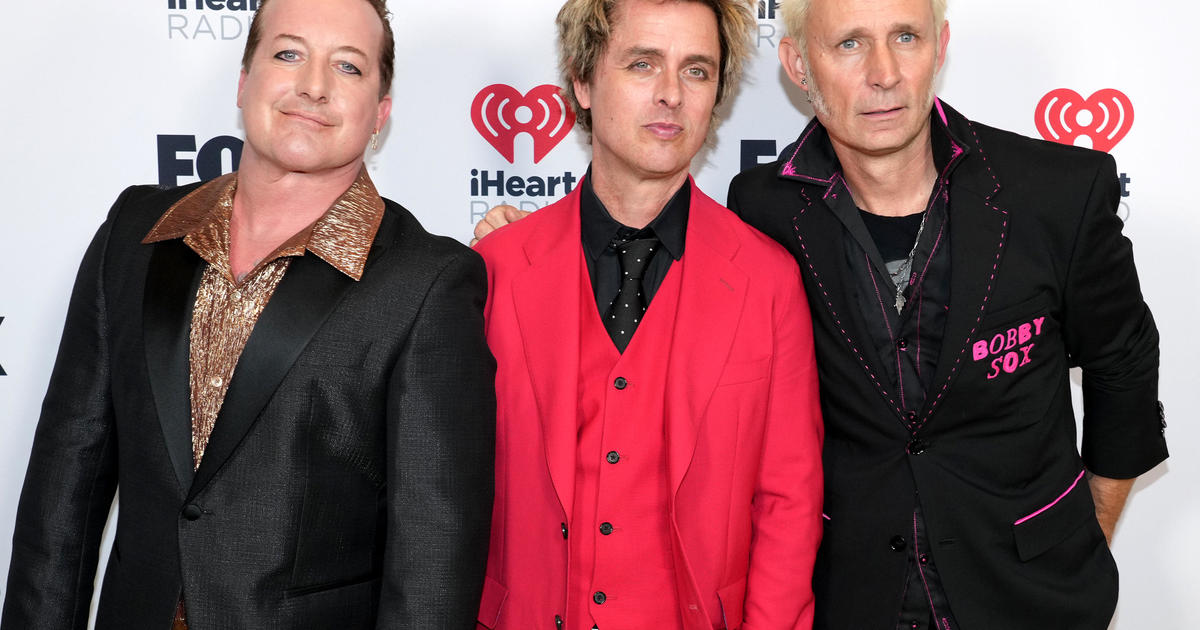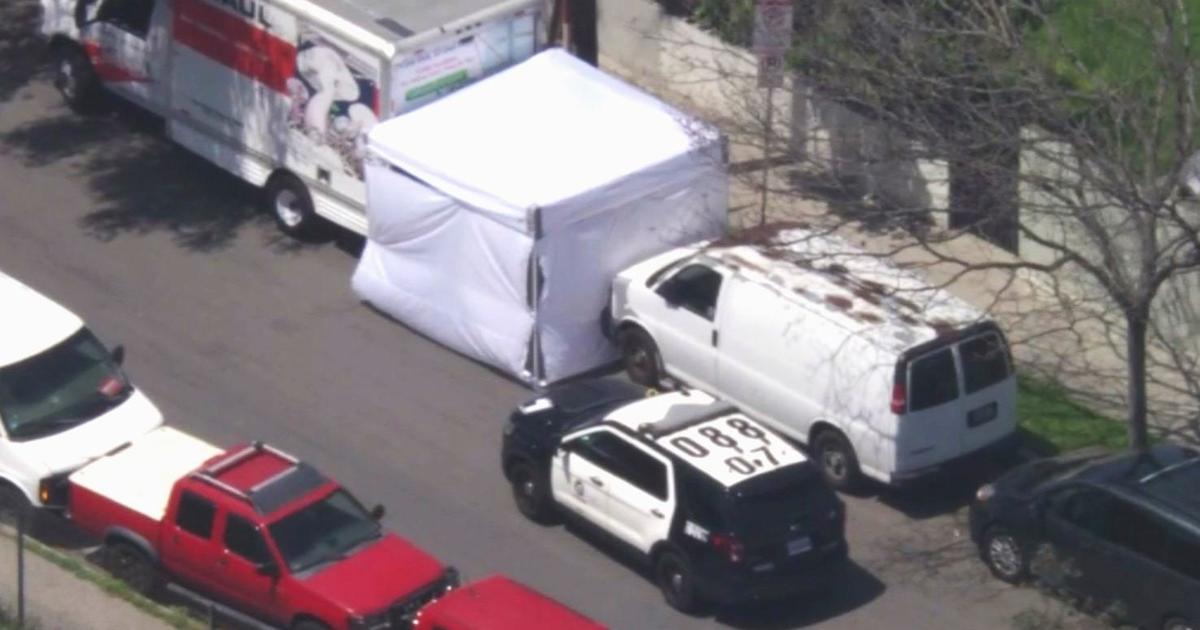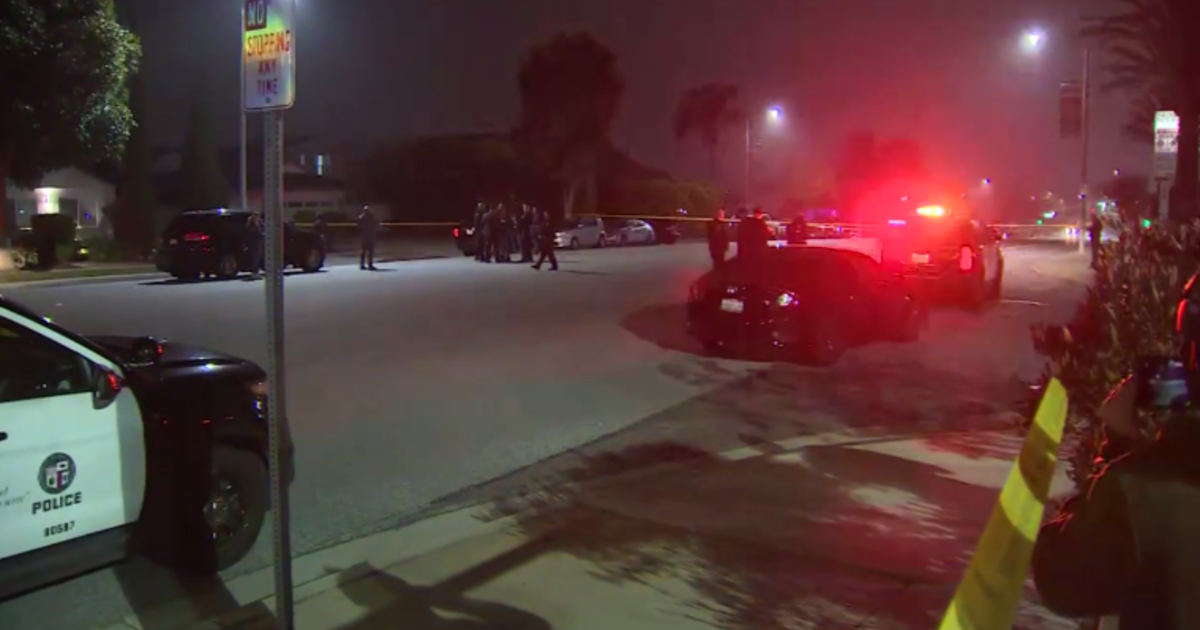'Urban Light' Artist Chris Burden Dies At 69 Of Cancer
LOS ANGELES (AP) — When Chris Burden stood in front of a camera in 1971 and had a friend open fire on him with a rifle he was making a bold statement to the world: a new artist had arrived, one who was willing to push the limits of art as far as his imagination would take it.
Over the next 44 years, that imagination would prove all but limitless as Burden had himself nailed to the back of a Volkswagen beetle, locked into a school locker for nearly a week and built a 65-foot skyscraper entirely out of Erector Set parts.
To top it off, he constructed one of Los Angeles' most stunning landmarks, "Urban Light," a maze of 202 restored antique street lights that welcomes visitors to the Los Angeles County Museum of Art. At night it illuminates an entire block of the city's famous Wilshire Boulevard.
Burden, who died of cancer Sunday at age 69, also predicted the arrival of driverless cars when he unveiled "Metropolis II" at the same museum in 2012. The huge, intricate kinetic sculpture, made partly out of Lego blocks, features 1,100 miniature cars racing through a high-rise city at a scale-model speed of 240 mph.
"Chris Burden is one of the most significant artists, not only of Los Angeles but of this period of time," Michael Govan, the museum's director and chief executive officer, told The Associated Press when "Metropolis II" was unveiled.
"Few artists can claim a body of work as rich, varied, and influential as Chris Burden — from his early, definitive and provocative performances to his large-scale installations and sculptures," Govan said Monday.
Burden began that legacy in 1971 when he had a friend point a rifle at him and fire a single shot for a work called "Shoot." The video, still available on YouTube, shows him wounded in the arm.
Three years later, he had himself nailed to the back of a Volkswagen bug for a piece he called "Trans-Fixed."
By the end of the '70s, however, he began to gravitate from performance art to large conceptual pieces.
In 1979 he created "The Big Wheel," a huge kinetic sculpture in which a towering iron wheel comes to life with the revving of the engine of a motorcycle. It goes on to spin for hours, initially at frightening speeds, in a display of kinetic energy that seemed to fascinate the artist and is seen in several of his works.
"He saw it not so much as the end of a process for a collector, but as a tinkerer, a scientist, somebody using models, toys, diagrams, to understand and explore the world around him," said Paul Schimmel, former chief curator for the Museum of Contemporary Art and curator of the first retrospective of Burden's work in 1988.
Born in Boston, Burden came to California to earn bachelor's and master's degrees in fine art from Pomona College and the University of California, Irvine. He was awarded the latter after submitting as his thesis "Five Day Locker," in which he locked himself in a small school locker.
Burden lived in Los Angeles' Topanga Canyon arts colony with his wife, artist Nancy Rubins.
His wife survives him.
(Copyright 2015 The Associated Press. All rights reserved. This material may not be published, broadcast, rewritten or redistributed.)




